Home > Auctions > 23rd May 2023
Back to previous pageTuesday 23rd May 2023 23 - 27 May 2023
Ancient Art, Antiquities, Natural History & Coins
Auction Highlights:
Sold for (Inc. bp): £7,800
Sold for (Inc. bp): £4,160
Sold for (Inc. bp): £2,080
Sold for (Inc. bp): £11,700
Egyptian Bronze Statuette of Thoth with Hieroglyphs to the Base
Lot No. 0001
Sold for (Inc. premium): £2,210
Collection of Egyptology Letters, Documents and Photographs
Lot No. 0006
Sold for (Inc. premium): £845
Egypto-Persian Silver-Gilt Earring Pair with Bes Holding Two Ibexes
Lot No. 0012
Sold for (Inc. premium): £2,340
Page 1 of 209
1 - 12 of 2508 LOTS
1 - 12 of 2508 LOTS


.jpg)
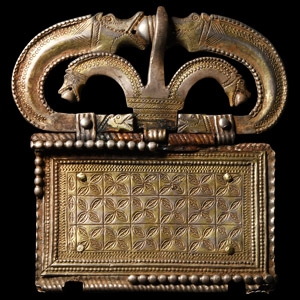
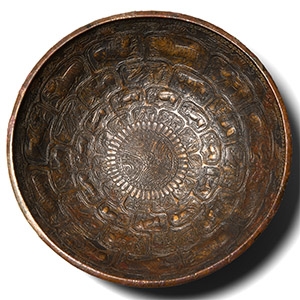
.jpg)
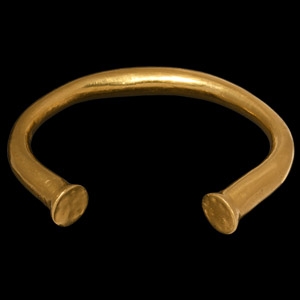
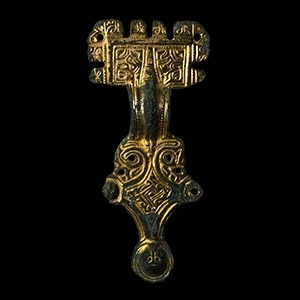
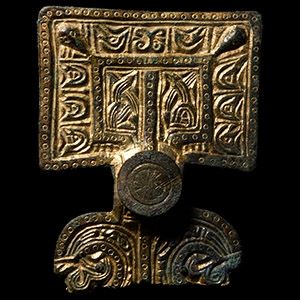
.jpg)
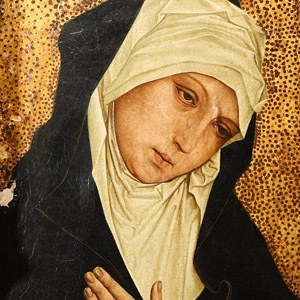
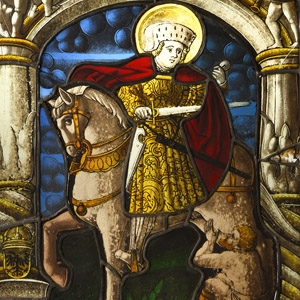
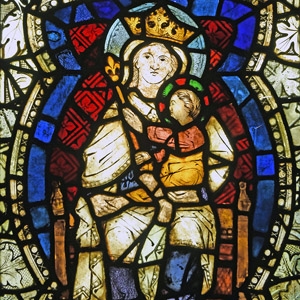
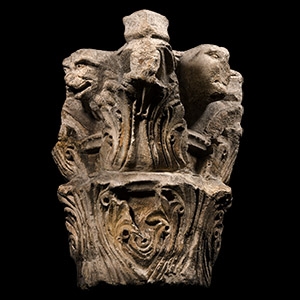
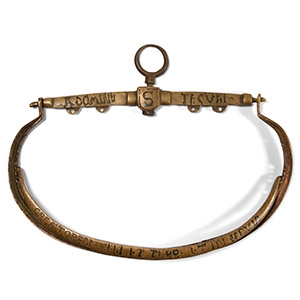
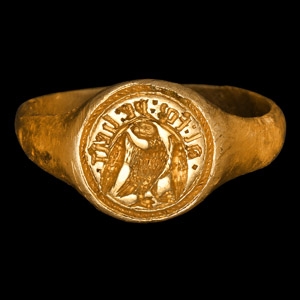
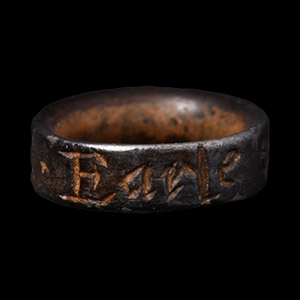
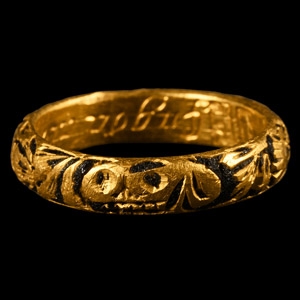
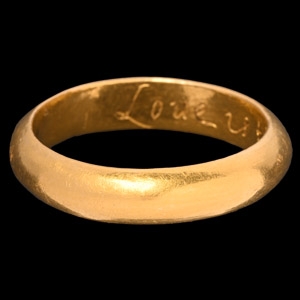
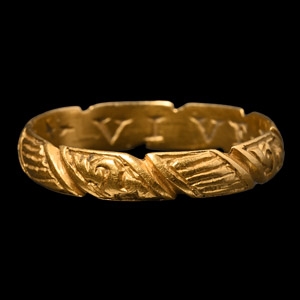
![English Milled Coins George VI - 1937 - Cased RM Proof Coronation Gold Set [4] George VI - 1937 - Cased RM Proof Coronation Gold Set [4]](https://timelineauctions.com/upload/images/items/small/203351-s(2).jpg)

.jpg&width=60&height=30)









.jpg&width=60&height=30)



